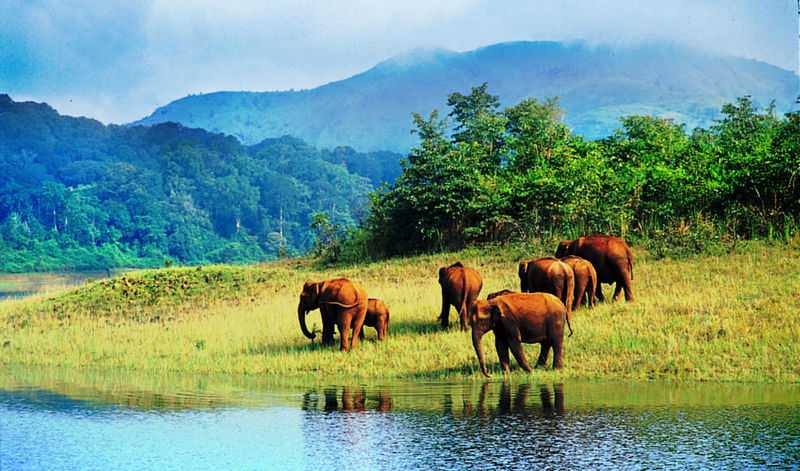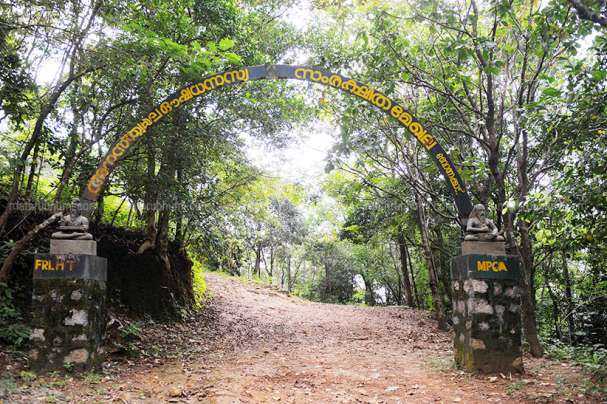Agasthyamala Biosphere Reserve = Shendurney Wildlife Sanctuary + Peppara Wildlife Sanctuary + Neyyar Wildlife Sanctuary + Kalakad Mundanthurai TR.
The reserve shelters Kani tribes from both Tamil Nadu and Kerala.
Agasthyamala Biosphere Reserve
Agasthyamala Biosphere Reserve is a remarkable location in Southern India’s lush Western Ghats. The Agasthyamala Biosphere Reserve is a genetic treasure trove for cultivated plants like cardamom, jamun, nutmeg, pepper, and plantain.
Beyond its botanical significance, this biosphere reserve is also home to several vital wildlife sanctuaries, including Shendurney Wildlife Sanctuary, Peppara Wildlife Sanctuary, Neyyar Wildlife Sanctuary, and the esteemed Kalakkad Mundanthurai Tiger Reserve. It is a testament to India’s commitment to preserving its rich natural heritage.
The Agasthyamala Biosphere Reserve holds a significant position within India’s cultural heritage and historical narratives. Its notable presence in the revered epic Ramayana has established it as a renowned destination for Hindu pilgrims and spiritual seekers.


Key Points
- Agasthyamala Biosphere Reserve (ABR) is located at the southernmost tip of the Western Ghats, spanning Kerala and Tamil Nadu.
- Established in 2001 and named after the Agastya Mala peak, rising to 1868 meters in Thiruvananthapuram, Kerala.
- Agasthyamala Biosphere Reserve became part of UNESCO’s World Network of Biosphere Reserves in March 2016.
- Encompasses an area of 3,500 square kilometers with altitudes ranging from 100 to 1,868 meters above Mean Sea Level.
- Includes Peppara and Shendurney wildlife sanctuaries and parts of the Neyyar sanctuary in Kerala, as well as the Kalakad Mundanthurai Tiger Reserve in Tamil Nadu.
- Home to diverse flora, including 2,254 species of higher plants, with around 400 being endemic and 125 orchid species.
- Houses approximately 400 Red Listed Plants, along with rare, endemic, and threatened plant species.
- Supports a variety of wildlife, including tigers, Asian elephants, and Nilgiri Tahr.
- A testament to India’s rich natural heritage and commitment to conservation.
Significance
In 2016, UNESCO recognized the Agasthyamala Biosphere Reserve as a part of the World Network of Biosphere Reserves. This acknowledgment highlights India’s achievement in effectively conserving and safeguarding this unique forested biosphere.
